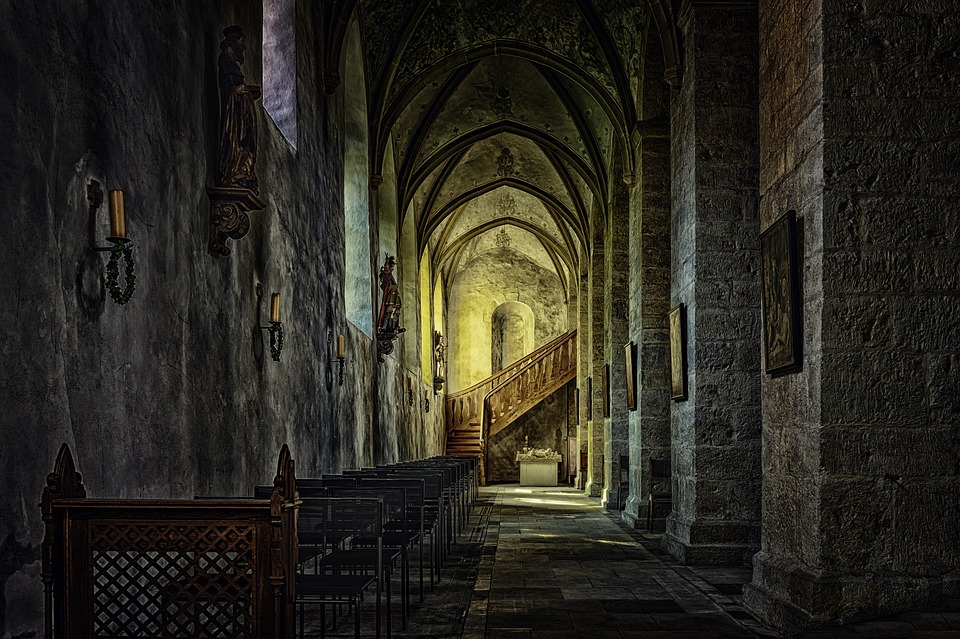The Rise of Gothic Revival Architecture in the 19th Century
Introduction
The 19th century was a time of great change and innovation in the world of architecture. One of the most notable developments during this period was the rise of Gothic Revival architecture. Inspired by the medieval Gothic style, this architectural movement swept across Europe and North America, leaving a lasting impact on the built environment.
Origins of Gothic Revival Architecture
The Gothic Revival movement emerged as a reaction against the prevailing Neoclassical style that had dominated architectural design in the 18th century. Architects and designers were seeking to break free from the strict rules and symmetrical forms of Neoclassicism, and instead looked to the medieval Gothic period for inspiration.
Key Characteristics of Gothic Revival Architecture
Gothic Revival architecture drew heavily on the distinctive features of medieval Gothic buildings, such as pointed arches, ribbed vaults, and flying buttresses. These elements were combined with modern construction techniques to create buildings that were both innovative and visually striking. The use of stone, particularly limestone, was common in Gothic Revival architecture, giving buildings a sense of solidity and durability.
Examples of Gothic Revival Architecture
Some of the most iconic examples of Gothic Revival architecture can be found in Europe, where the movement first took hold. The Houses of Parliament in London, designed by Charles Barry and Augustus Pugin, is a prime example of Gothic Revival architecture. The building’s pointed arches, intricate stonework, and towering spires are all characteristic of the style.
In the United States, Gothic Revival architecture became popular in the mid-19th century. The Washington National Cathedral in Washington, D.C., is a stunning example of this style, with its soaring arches, stained glass windows, and ornate carvings. Another notable example is the Cathedral of St. John the Divine in New York City, which remains unfinished to this day but is a testament to the enduring appeal of Gothic Revival architecture.
Legacy of Gothic Revival Architecture
The influence of Gothic Revival architecture can still be seen today in buildings around the world. From churches and cathedrals to universities and government buildings, the style continues to captivate architects and enthusiasts alike. Its emphasis on craftsmanship, detail, and verticality has made it a timeless and enduring style that has stood the test of time.
In conclusion, the rise of Gothic Revival architecture in the 19th century marked a significant departure from the Neoclassical style that had dominated previous eras. Inspired by the medieval Gothic period, architects and designers sought to create buildings that were both innovative and visually striking. The legacy of Gothic Revival architecture can still be seen today in the many buildings that continue to inspire awe and admiration.
